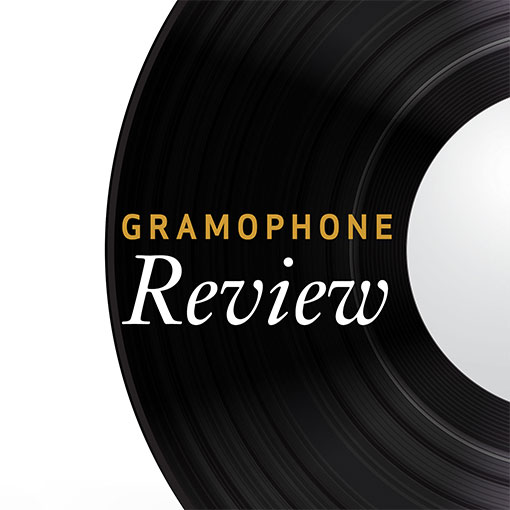Langgaard Symphony No 1
Exuberant music from the fringes of the Danish establishment
View record and artist detailsRecord and Artist Details
Composer or Director: Knudaage Riisager
Genre:
Orchestral
Label: Dacapo
Magazine Review Date: 9/2008
Media Format: Super Audio CD
Media Runtime: 70
Mastering:
Stereo
DDD
Catalogue Number: 6 220527

Tracks:
| Composition | Artist Credit |
|---|---|
| Benzin |
Knudaage Riisager, Composer
Danish National Symphony Orchestra Knudaage Riisager, Composer Owain Arwel Hughes, Conductor |
| Archaeopteryx |
Knudaage Riisager, Composer
Danish National Symphony Orchestra Knudaage Riisager, Composer Owain Arwel Hughes, Conductor |
| Til Apollon, Lysets Gud |
Knudaage Riisager, Composer
Danish National Symphony Orchestra Knudaage Riisager, Composer Owain Arwel Hughes, Conductor |
Composer or Director: Rued Langgaard
Genre:
Orchestral
Label: Dacapo
Magazine Review Date: 9/2008
Media Format: Super Audio CD
Media Runtime: 60
Mastering:
Stereo
DDD
Catalogue Number: 6 220525

Tracks:
| Composition | Artist Credit |
|---|---|
| Symphony No. 1, 'Klippepastoraler' |
Rued Langgaard, Composer
Danish National Symphony Orchestra Rued Langgaard, Composer Thomas Dausgaard, Conductor |
Author: Guy Rickards
The huge outer movements account for two thirds of the work’s length. Dausgaard favours an expansive approach. I prefer Stupel’s tauter tempi which give much-needed urgency to some of Langgaard’s more flaccid structures. In the central movements Dausgaard’s tendency to linger (though he is significantly swifter in the fourth span, “Mountain Ascent”) is more of an advantage. So, too, is Dacapo’s spectacular recording; but overall Stupel remains, with still serviceably good sound, the benchmark version.
While Langgaard’s music has become better known, that of Knudåge Riisager still languishes largely unheard. His 45-minute ballet Benzin (“Petrol”, 1928) was created in collaboration with cartoonist Storm Petersen, telling the story of a farmhand who does a stranded motorcyclist a good turn by fetching some petrol, returning to find the biker attempting to court his sweetheart. All’s well that ends well and the nocturnal finale features a dance of petrol fumes through the dormant village! The ballet’s satirical and Futurist elements did not find favour in pre-war Denmark and duly bombed, through the music’s easy style (think of Les Six meets Carl Davis by way of the “Humoresk” of Nielsen’s Sixth Symphony) and sparkling orchestration might have given a suite of extracts currency had Riisager bothered to make one.
Its companion pieces are both very different propositions. To Apollo, God of Light (1972) is an inventive symphonic poem depicting the sun god in Olympian (and invigoratingly dissonant) glory. Archaeopteryx (1949) – the inspiration for which is described on the title page as “magnificently ugly” – is positively bizarre, a vivid, harmonically static, fossil-in-sound of a tone-poem. All the music is played with élan by the DNSO under Hughes, showing both delicacy in Benzin and power in To Apollo and Archaeopteryx.
Discover the world's largest classical music catalogue with Presto Music.

Gramophone Digital Club
- Digital Edition
- Digital Archive
- Reviews Database
- Full website access
From £8.75 / month
Subscribe
Gramophone Full Club
- Print Edition
- Digital Edition
- Digital Archive
- Reviews Database
- Full website access
From £11.00 / month
Subscribe
If you are a library, university or other organisation that would be interested in an institutional subscription to Gramophone please click here for further information.





